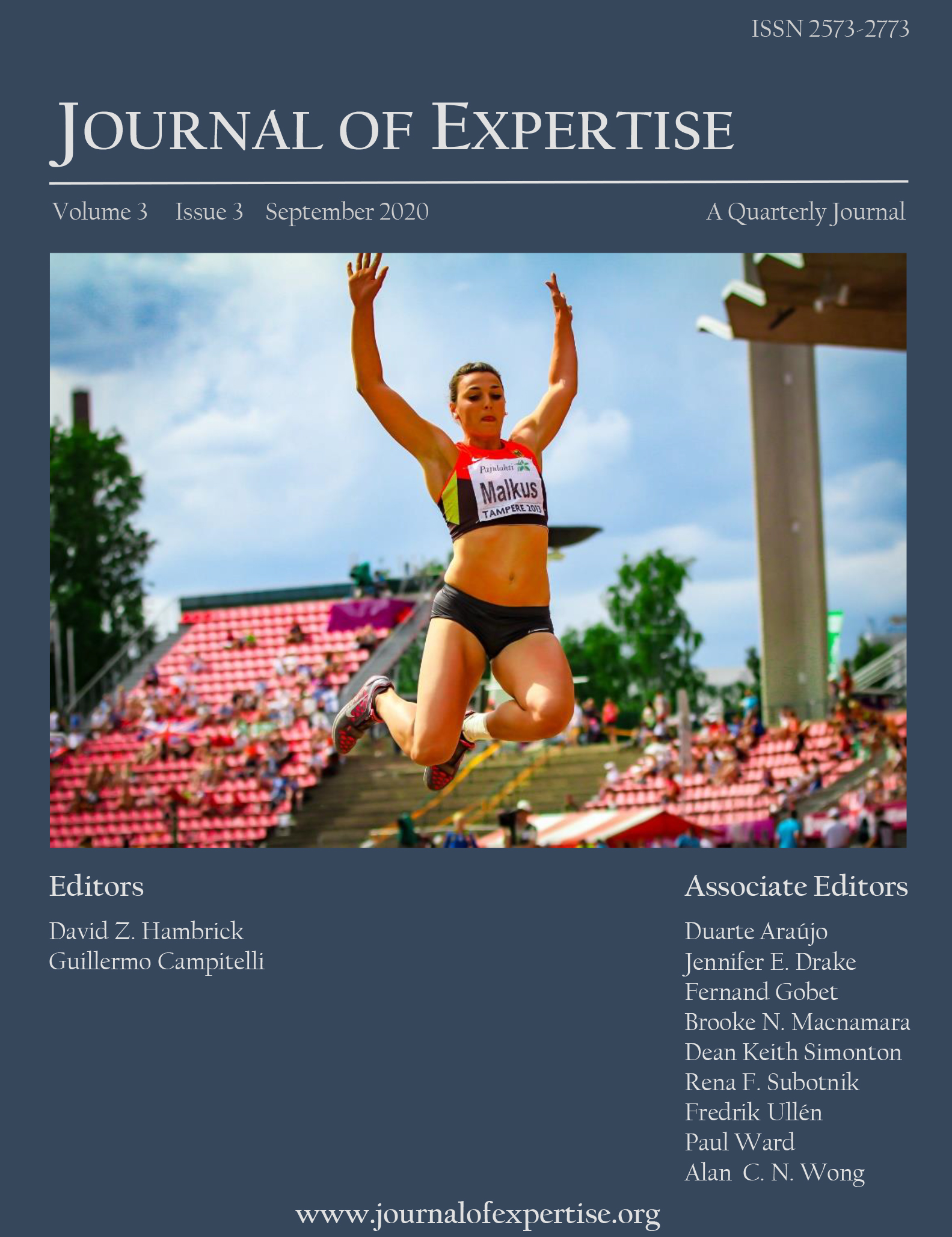Chris McCosker 1, Ian Renshaw 1, Remco Polman 1, Daniel Greenwood 2, and Keith Davids 3
1Queensland University of Technology, Australia,
2Human Performance Center, University of Memphis, USA,
3Center for Sports Engineering Research, Sheffield Hallam University, UK
Understanding performance of athletes in competition is required for enhancing the quality of how athletes co-adapt to the specific, changing constraints of those environments. In long jumping, for example, an athlete must co-adapt with these constraints while also meeting the challenging accuracy demands of the sport. Examining then how long jumpers with different levels of expertise navigate the competition environment is important. This analysis is necessary, given evidence from motor learning research showing that individuals with higher levels of expertise use different sources of information to guide their performance behaviors. In this study, key gait variables during the long jump run-up were recorded during performance at 8 competitions in the 2015 and 2016 Australian track and field seasons to examine the visual control strategies of athletes differing in expertise levels, when performing legal and foul jumps. No statistically significant differences were observed between jumpers differing in levels of expertise when comparing gait patterns in foul and legal jumps. However, different footfall variability curves did emerge that can advance current understanding of long jump run-ups. International-level athletes exhibited higher levels of functional variability during the initial phases of the run-up of legal jumps, with step adjustments spread across the whole of the run-up, compared to National-level athletes. Since athletes of lower levels of expertise exhibited a more stereotyped run-up profile, it is suggested that coaches and practitioners encourage more exploration in training of this group by incorporating increased levels of representative variability during practice. From a practical perspective, increasing variability in practice contexts could encourage National-level athletes to explore different movement solutions and (re)calibrate actions to changing environmental demands, providing more representative simulations of the competition environment.

